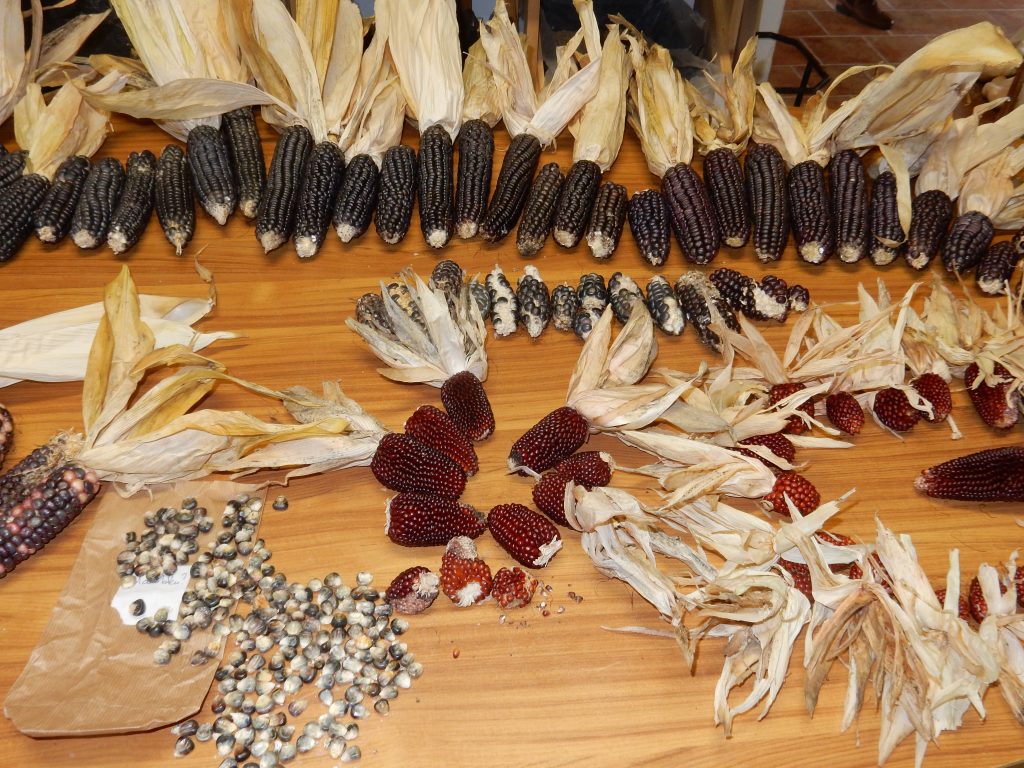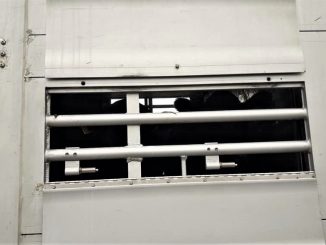
Helen Anne Curry, University of Cambridge
Agriculture has changed significantly in the past century. Bigger machines, bigger farms and bigger budgets allow fewer farmers to produce more food. Changes in science and policy have also resulted in an industry in which power over what we grow and eat is increasingly held by very few.
Consider one of agriculture’s most basic inputs: the seed. Although there have long been farmers and merchants who specialised in growing and selling seeds, it wasn’t until the 20th century that people started talking about seed production as an industrial process. Thanks to changes in farming, science and government regulations, most of the “elite” seed that is bought and sold around the world today is mass produced and mass marketed — by just four transnational corporations.
This transition has made many people uneasy. As a result, a new movement is growing, one that aims to wrest power back through the renewal of an age-old agricultural task: setting aside some seeds from each season’s harvest to plant in the next. Community gardeners, home growers and small-scale farmers increasingly insist that seeds should be something they produce themselves, or get from a friend or neighbour, rather than something they buy off the shelf.
For some, seed saving is a way of keeping history alive, for example by growing the vegetables their grandparents enjoyed. For others, it’s a way to save money, or to connect with their community. And today, it is increasingly a political statement – a choice that allows consumers to avoid fruits, vegetables and other foods produced at an industrial scale. Depending on the grower, it may even be all of these — and more.
Many seed savers are motivated by the idea that their actions contribute to keeping diverse crop varieties from disappearing, especially those ignored by industrial farms or commercial seed companies in their pursuit of profit. Organisations such as the Heritage Seed Library (UK) and the Seed Savers Exchange (US), and the growers they represent, routinely connect the individual acts of growing, storing and sharing seed with a global conservation mission. In cultivating awareness of this connection, they have transformed a timeless task into a powerful political act.
So how exactly did this transformation occur? New historical research shows that concerned citizens and organisations worked hard to make it happen.
Vanishing vegetables
The Heritage Seed Library, today a part of the British non-profit Garden Organic, offers a case in point. This collection of 800 or so local and rare vegetable varieties has its roots in a campaign to save endangered vegetables that Garden Organic launched in the 1970s, back when it was known as the Henry Doubleday Research Association, or HDRA.
At the time, the HDRA was well established as source of expert advice on organic gardening in Britain. Its director Lawrence Hills had founded the organisation in 1954 to encourage gardeners to experiment with natural pest deterrents, green manures and other alternatives to the synthetic chemicals that were becoming common in agriculture.
Among the many subjects on which the HDRA offered advice from its earliest days was helping “own growers” — backyard gardeners, allotment holders, and others growing food to eat themselves — to decide what varieties to plant. Hills was adamant that newer types of tomatoes, carrots and green beans lacked the flavours of earlier generations and performed worse in small-scale cultivation.
He was therefore dismayed to learn in the early 1970s that changes in British agricultural regulations would make it difficult for seed companies to sell “old-fashioned varieties”. He feared, rightly, that the small market for such seeds would not justify the price that a company would now have to pay to register these for legal sale. If seed companies weren’t stocking them – and growers accustomed to buying their seed weren’t saving them – these old-fashioned varieties would simply disappear.
In a 1975 letter to the Times, Hills announced an initiative of the HDRA intended to address this impending extinction crisis: establishing a collection of Europe’s “vanishing vegetables” at the HDRA.
From bank to library
Hills asked fellow gardeners to help him locate as many uncommon varieties as possible. Ambitious as it was, that collection was only the start.
The HDRA soon began a campaign to start a “seed bank”. Hills envisioned that this long-term storage facility would gather and preserve vegetable varieties from around the world. In this sense, it would be just like a few already existing international seed banks, which ensured that diverse seeds would be available for plant breeders in the future. Unlike those seed banks (also called “genebanks”), the vegetable collection that Hills imagined would have a public-facing component, a “seed library” that any grower, regardless of professional expertise, would be able to access.
Both seed bank and seed library eventually came to fruition, though not in a single institution. When it became apparent during planning that a government-supported Vegetable Gene Bank would mainly serve professional researchers, Hills and HDRA staff organised The Heritage Vegetable Seed Library for Research and Experiment — later shortened to the Heritage Seed Library — to serve the needs of ordinary gardeners. Launched in February 1978, the library gave away seed of its rare varieties to subscribing members.
The Heritage Seed Library was the more innovative of the two projects, and arguably the more transformative of British vegetable conservation in the long term. This was because it emphasised the need for the active participation of individual gardeners to to achieve conservation goals. The library only functioned with the help of “seed guardians” who helped keep it stocked with seed. HDRA also encouraged library users to learn how to save their own seed.
Together with other HDRA initiatives, the seed library helped cement the idea that conservation of vegetable diversity would only succeed through the commitment of ordinary gardeners to purchasing, growing, saving and circulating seeds of useful or delicious varieties.
Today, many home and allotment garderners who save seeds see themselves as protectors of endangered plants – and their gardens as repositories of important biodiversity. They believe that their stewardship of vegetable diversity contributes to the possibilities for a better, fairer global food system in the future. The history of the HDRA reminds us that there was — and still is — work involved in connecting these individual acts of seed saving to the future of the world’s food.![]()
Helen Anne Curry, Peter Lipton Senior Lecturer in History of Modern Science and Technology, University of Cambridge
This article is republished from The Conversation under a Creative Commons license. Read the original article.




